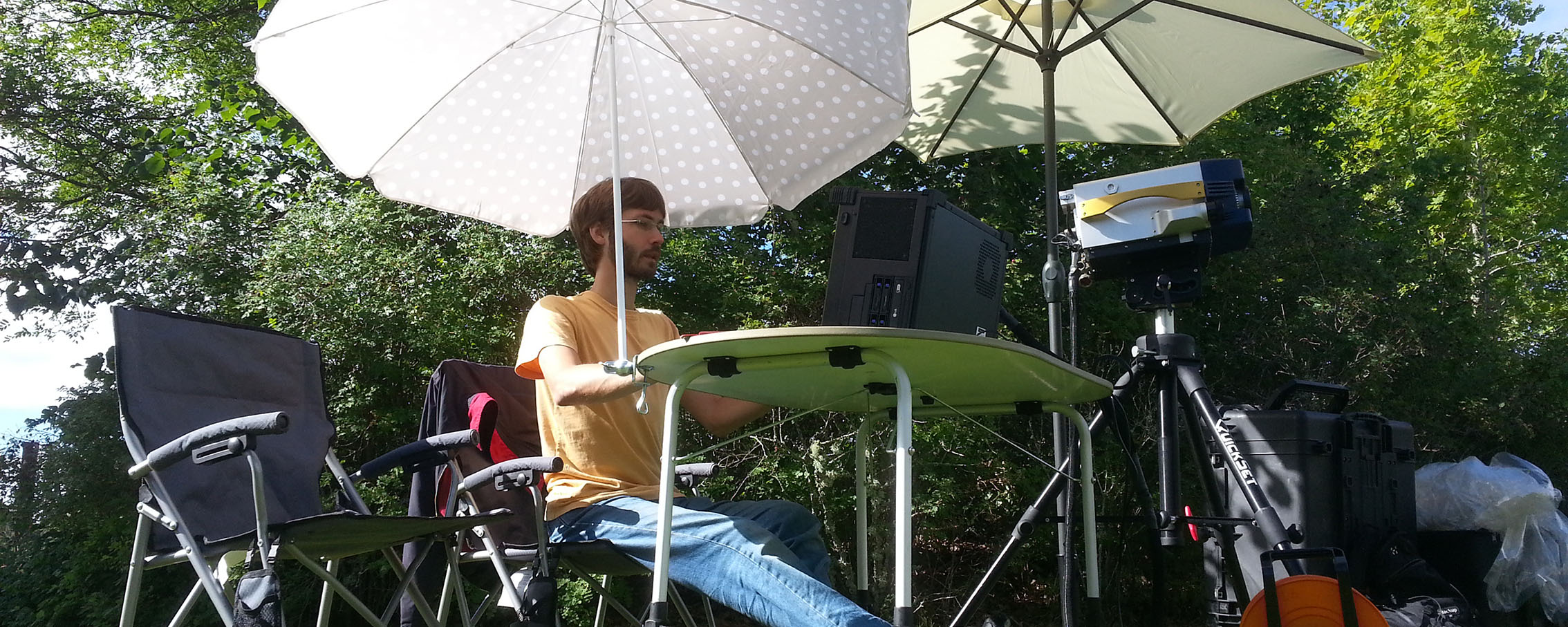Methane (CH4) is one of the most important greenhouse gases with many unresolved questions regarding sources and sinks. The project aims to develop a camera to visualize CH4 concentrations in the landscape. This would enable identification of both natural and anthropogenic CH4 sources in a new way with high resolution at the same time as large areas rapidly can be covered. Patterns over time can also be identified in a unique way by letting the camera continuously record images.
The project combines knowledge from fields of methane biogeochemistry and remote trace gas detection from astronomy. The grant has financed a custom made camera using a technique based on hyperspectral IR imaging by Fourier transform spectroscopy. The camera opens possibilities to survey different CH4 sources/sinks, man-made and natural, using a single technique that makes it easier to directly compare the influence of very different types of environments/activities on amounts of CH4 in the atmosphere. This is important in order to improve predictions of future climate, and to find information about how CH4 emissions can best be managed.

